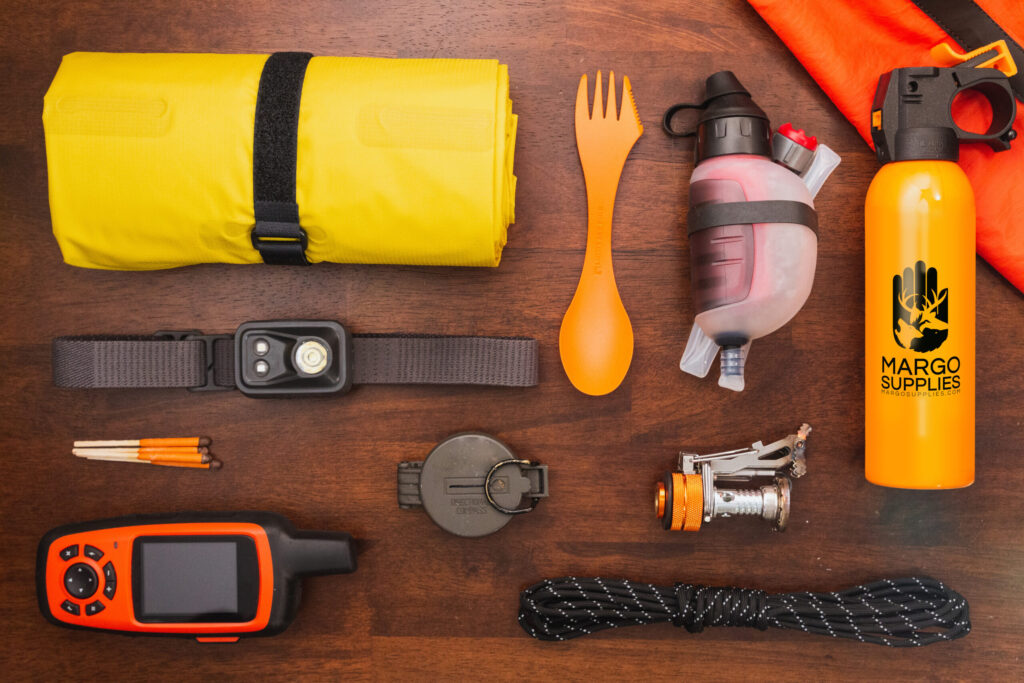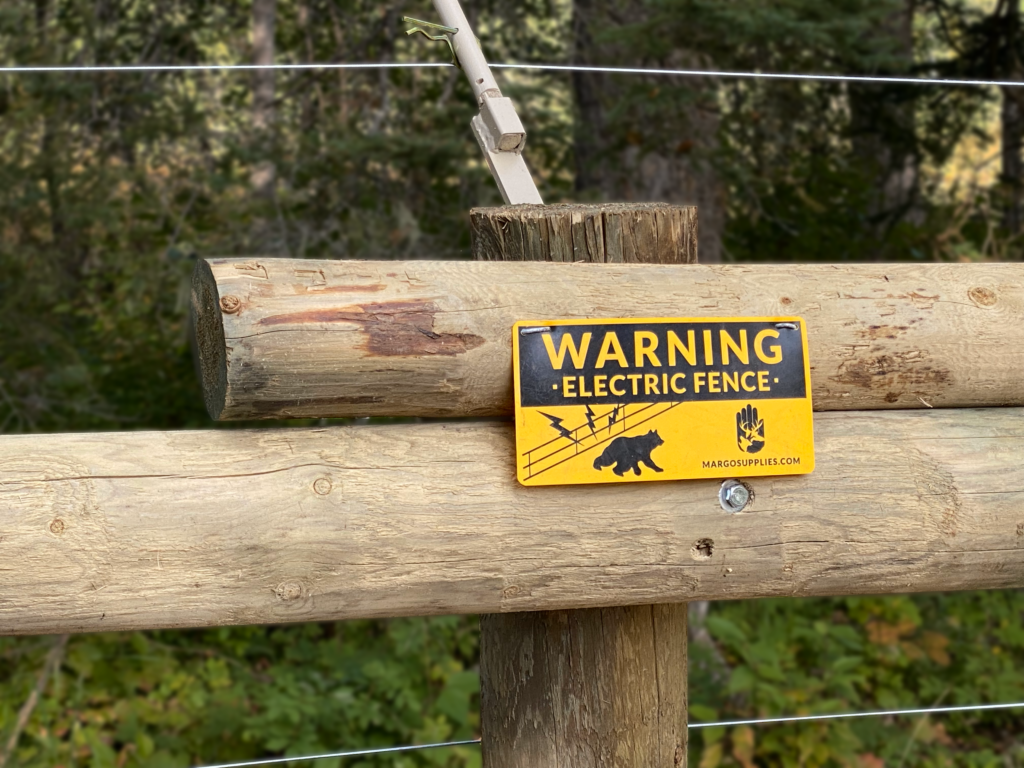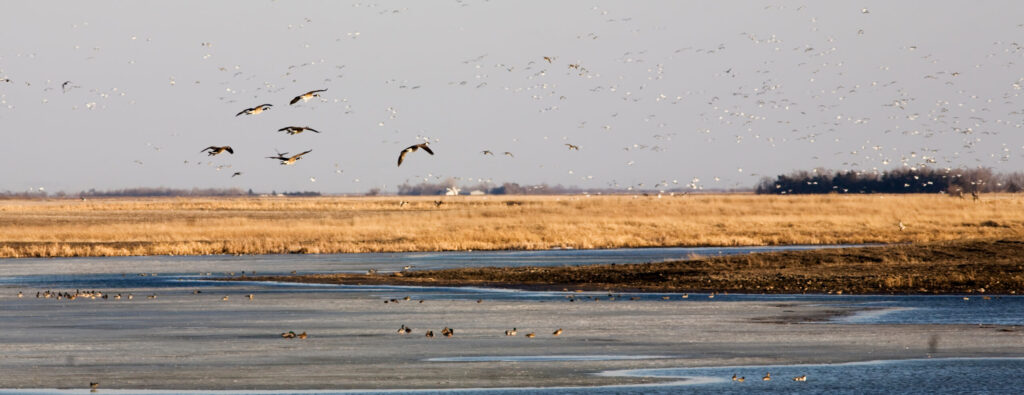Essentials for Your Outdoor Adventure

Embarking on a hiking adventure is an exhilarating experience that allows you to connect with nature and escape the hustle and bustle of everyday life. Whether you’re a seasoned hiker or a beginner, having the right gear in your hiking bag can make all the difference in ensuring a safe and enjoyable journey. Follow along as we unpack the essentials to pack in your hiking bag, helping you stay prepared for whatever the trail may throw at you. Nutrition High-Energy Snacks: Pack a mix of nuts, dried fruits, energy bars, and trail mix to keep your energy levels up. Water and Water Purification Tools: Ensure an adequate water supply and carry a water purification system in case you need to source water from natural streams. Navigation Tools Map and Compass: Even if you rely on GPS, having a map and compass as a backup is crucial in case of technology failures. Download Maps for Offline Use: Apps like Google Maps, Maps.Me and AllTrails allow users to download maps for offline use Shelter Lightweight Tent or Tarp: Be prepared for unexpected weather changes or emergencies by carrying a compact shelter. Footwear Sturdy, Comfortable Hiking Boots: Choose boots that provide ankle support and have a good grip for different terrains. Moisture-Wicking Socks: Prevent blisters by wearing socks designed to keep your feet dry. Always be prepared with Bear Spray Bear spray is the last line of defense to stop bears in their tracks, dispersing a pepper cloud up to 35ft, temporarily disabling a charging bear. Bear safety starts with bear spray. 2% total capsaicinoids 5s of continuous Spray Non-Toxic, Non-Lethal Glow-in-the-dark safety tab Works on Black, Grizzly, and Polar Bears Intuitive design is easy to use under pressure Contents 2% Total Capsaicinoids, 1.1% Concentration of Capsaicin, and 0.9% related capsaicinoids Technical Specs 230g canister contains 5 seconds of continuous spray Bear spray stops bears in their tracks by dispersing a pepper cloud up to 35ft 2% Total Capsaicinoids, 1.1% Concentration of Capsaicin, and 0.9% related capsaicinoids 230g canister contains 5 seconds of continuous spray Bear spray stops bears in their tracks by dispersing a pepper cloud up to 35ft Buy Now Clothing Moisture-Wicking Base Layers: Keep your body dry by wearing clothing that wicks away sweat. Insulating Layers: Depending on the weather, pack a fleece or down jacket to stay warm. Waterproof and Windproof Outer Layers: A good quality rain jacket and pants are essential for staying dry in unpredictable weather. Tools + Equipment Multi-Tool: A versatile tool that can be useful for various situations. Headlamp or Flashlight: Essential for navigating in the dark or finding your way around the campsite. Fire-Starting Tools: Waterproof matches or a lighter can be crucial for warmth and cooking. Duct Tape: Handy for quick repairs to gear and clothing. Sun Protection Sunscreen: Protect your skin from harmful UV rays, especially at higher altitudes. Sunglasses: Reduce glare and protect your eyes from the sun. First Aid Basic First Aid Supplies: Include bandages, antiseptic wipes, pain relievers, blister treatment, and any personal medications. Packing the right items in your hiking bag can turn a challenging trek into a memorable adventure. Remember that the key is to strike a balance between being well-prepared and keeping your pack light. Regularly review and update your gear based on the season, location, and the specific demands of your hiking trip. With a well-packed bag, you can confidently hit the trail and immerse yourself in the beauty of the great outdoors. Happy hiking!
Electrifying Liard River Hot Springs

History of Conflict Although the source of the springs is natural, the pools were built during the construction of the Alaska Highway during World War II. The location is an extremely remote section of the road and is surrounded by undisturbed wilderness. The geothermal-supported microclimate is vibrant and the valley is extremely productive for black bears and other wildlife. Bears have even been observed to soak in the hot pools themselves. The hot pools are the second largest in Canada and are the only major attraction for hundreds of miles so many travelers on the Alaska Highway stop for a soak or to camp. The combination of concentrated bear population and non-natural attractants made this a heavy conflict zone. Unfortunately, this deadly combination resulted in two human fatalities in 1997. Partially as a result of this history, lethal control was often used as a primary mitigation strategy for human-bear conflict. Construction This site featured challenges beyond most electric fencing projects and was one of the most involved electric fence construction projects completed. A small specialist team was able to solve these issues- proving that electric fencing is a practical solution at even the most challenging sites. Site Size The total fence line was surveyed at 1600 meters. This is a moderately large electric fence in total distance. Adding substantial grounding and breaking the fence into two separately energized sections ensured an effective shock would be delivered at any spot on the fence Fence Line Selected The fence was constructed around the perimeter of the park facilities, camping, and day-use areas, with all visitor parking contained within the fence. As the campground was already constructed, there was little room between the camping pads and the wetland area. The Department of Fisheries has designated this wetland area a “critical habitat” for endemic snails. Precision surveying, fencing preparation, and 31 direction changes along the fence line allowed construction within these constraints. Vehicle Access A fence must simultaneously exclude animals while allowing easy human access. The requirement for easy and frequent vehicle access demanded a more user-friendly solution than a simple gate. A custom-designed electrified wildlife guard (similar to a cattle- guard) was designed and installed to allow un-restricted vehicle access while excluding animals. Fence Line Preparation Much of the fence line was located in heavily forested areas. It is important that a fence line is prepared both for construction as well As for ongoing monitoring. Wildlife should have a chance to clearly see a fence through a cleared area rather than bumping into a fence in the midst of heavy forest. We used an industrial mulcher to clear the right-of-way, which also helps in suppressing vegetative regrowth. As the area has had indigenous use, an archaeologist supervised construction and identified a number of culturally modified trees. Visual Impact on Guests Electric fencing can be intimidating for anyone who is not experienced in dealing with them. The fence was designed to remain visually appealing while also including necessary signage to ensure proper use of the fencing system. The fencing around the picnic site was made out of wood rail material with electric fence outrigging to maintain park aesthetics in the most visible areas of the fence line Introducing Margo Fence Hub We want to share our expertise with you. Margo Fence Hub is your resource for anything related to electric fencing. From planning to installation, we have compiled various educational resources to help you create an effective electric fence system. Go to Fence Hub
Animal Deterrents: From Low to High-Tech Solutions

In the delicate balance of nature and human habitation, conflicts with wildlife are inevitable. Whether you’re an avid gardener, a farmer tending to crops, or simply a homeowner looking to protect your property, the need for effective animal deterrents has become increasingly apparent. As we coexist with the diverse array of creatures that share our spaces, finding ways to manage these interactions becomes crucial for both human and animal well-being. Visual, audio, and physical barriers emerge as the unsung heroes in this ongoing struggle, offering a humane and sustainable means of preventing damage and fostering harmonious cohabitation. Visual Deterrents Visual deterrents are powerful tools in managing human-wildlife conflicts, exerting their effects primarily through the manipulation of visual stimuli. These deterrents work by exploiting the visual system of various species, causing them to react with their natural instincts and modifying their behavior without causing harm. For example, the use of reflective materials, predator decoys, or flashing lights can startle and intimidate animals, deterring them from approaching specific areas. Visual deterrents leverage animals’ visual acuity and perception to create an environment that appears threatening or inhospitable. While their effectiveness can vary based on the target species and specific circumstances, visual deterrents offer a non-lethal and environmentally friendly solution to mitigating conflicts and promoting coexistence between humans and wildlife. However, it’s crucial to adapt these deterrents to the specific needs and behaviors of the animals in question to achieve the desired impact without causing unnecessary stress or harm. Low Tech Holographic Tape Holographic tape deters wildlife by reflecting sunlight and creating dynamic, shimmering patterns that disorient and intimidate animals, acting as a deterrent to prevent them from approaching or causing damage to the area. Decoys & Kites Decoys and Kites deter wildlife by mimicking the appearance and movement of predators or other threatening species, creating a visual illusion that triggers a fear response in animals, encouraging them to avoid the area and reducing potential conflicts with humans or crops. High Tech Margo AirScare The Margo AirScare, with its dynamic and erratic movements, deters wildlife visually by creating an unfamiliar and intimidating presence, discouraging animals from approaching or causing damage to the area through the unpredictable and visually disruptive display. Audio Deterrents Audio deterrents are tools employed in wildlife management to influence animal behavior through sound stimuli. These devices emit sounds that are often unpleasant or threatening to the target species, aiming to create an aversive environment and discourage them from specific areas. The effectiveness of audio deterrents relies on the animals’ sensitivity to sound frequencies, their adaptability, and their ability to associate the emitted sounds with potential threats. Common audio deterrents include ultrasonic devices, loud noises, or recorded predator calls. When used thoughtfully and adapted to the specific needs of the wildlife in question, audio deterrents can serve as a humane and non-lethal method to manage human-animal conflicts and promote coexistence in shared spaces. Low Tech Whips Whips deter wildlife by creating loud cracking sounds and rapid movements, intimidating animals and establishing a perceived threat, prompting them to avoid the area and reduce the risk of human-wildlife conflicts. Blaster Siren Blaster Sirens deter wildlife by emitting loud, high-pitched noises, startling animals and creating an auditory disturbance that prompts them to move away from the source, helping to prevent potential human-wildlife conflicts. High Tech Margo Squawk Box The Margo Squawk Box deters wildlife by emitting recorded sounds of natural predators, inducing fear and creating a perceived threat that encourages animals to avoid the area, minimizing potential conflicts with humans or livestock. Physical Barriers Physical barriers play a pivotal role in mitigating human-wildlife conflicts by creating tangible obstacles that discourage animals from accessing specific areas or exhibiting unwanted behaviors. Examples include electric fencing and bear spray, which are designed to offer protection without causing permanent harm. In essence, physical barrier deterrents offer a proactive approach to human-wildlife coexistence, providing a humane and effective means of protection. However, it’s crucial to use these deterrents responsibly, ensuring they are properly installed, maintained, and used in accordance with ethical wildlife management practices. Low Tech D-Straps D-Straps deter wildlife by securing the lids tightly, preventing access to the contents and minimizing odors, thus discouraging animals from foraging through the trash. Bear Spray Bear spray deters wildlife, particularly bears, by releasing a powerful spray that causes temporary discomfort, irritation, and disorientation, discouraging the animal from approaching or attacking. High Tech Electric Fencing Electric fencing deters wildlife by delivering a non-lethal yet deterrent electric shock upon contact, creating a psychological barrier that discourages animals from attempting to breach or cross the barrier.

